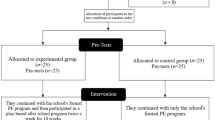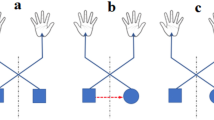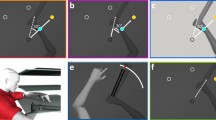Abstract
IN certain schools, notably, for instance, in Mr. Liberty Tadd's art schools in Philadelphia, children are taught to become ambidextrous, at least to a considerable extent. The advantages of this plan have seemed to be evident, but Mr. Wm. Hawley Smith, the well-known writer on educational topics, has lately (School and Home Education, March and October, 1903) argued against it. In a letter just received from him, his views are concisely summed up as follows:—“My notion is, that it is not worth while to try to make all our children ambidextrous. I believe that it is far wiser to follow nature's lead, with each individual child, and develop them in the use of their hands as they naturally wish to use them. … I am sure that, in most cases, we shall fail to secure real skill with either hand if we strive to train both to do the same work.” Mr. Smith further argues that it is hard enough to train one hand to do the more complicated kinds of work, and that it does not pay to waste energy trying to accomplish the more difficult feat of training both. Of course the validity of this argument depends largely upon the assumption that the lack of coordination ordinarily seen in adults is inherent, and not the result of acquired habit, or not largely so. It is perhaps allowable to suggest that this point has not yet been fully decided. It is also a question whether the relative inability of one hand is correlated with an inefficiency of the opposite side of the brain, or putting it another way, whether the extra muscular activity necessary to train two hands instead of one involves a similar increase in mental activity.
This is a preview of subscription content, access via your institution
Access options
Subscribe to this journal
Receive 51 print issues and online access
$199.00 per year
only $3.90 per issue
Buy this article
- Purchase on SpringerLink
- Instant access to full article PDF
Prices may be subject to local taxes which are calculated during checkout
Similar content being viewed by others
Author information
Authors and Affiliations
Rights and permissions
About this article
Cite this article
COCKERELL, T. Ambidexterity. Nature 69, 317–318 (1904). https://doi.org/10.1038/069317g0
Issue date:
DOI: https://doi.org/10.1038/069317g0



